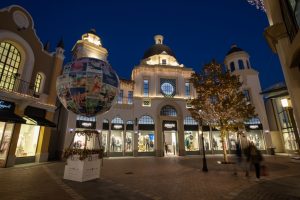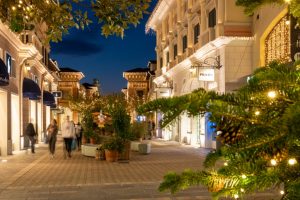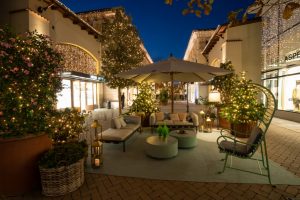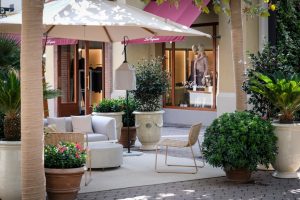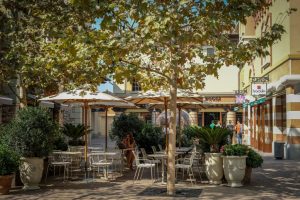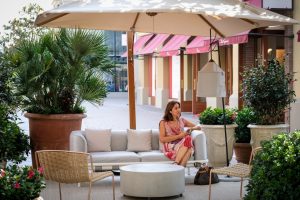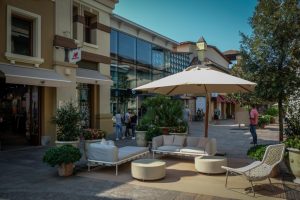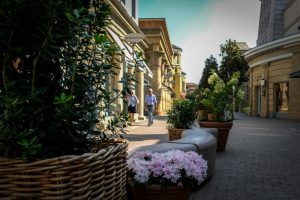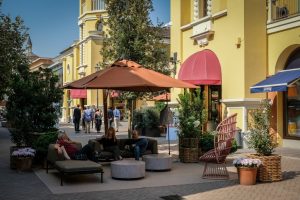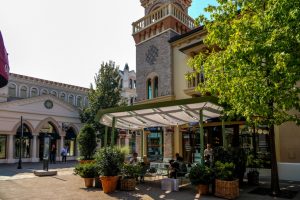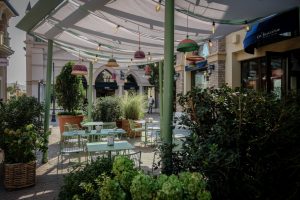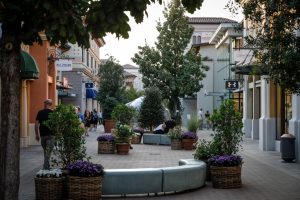Urbanization is nothing new, but recent data suggests it’s here to stay. As modern shopping conveniences evolve and populations migrate from rural to urban areas, it’s plausible to assume the two correlate. Recent demographic as well as commercial real estate data point to the same conclusion. At large, population changes to come won’t be monumental or occur at a breakneck pace, but the most significant areas of change might be most surprising, shedding light on the future of retail in rapidly developing regions. Combining the research, while looking at how existing mixed-use centers can evolve in their own right, points to a strong future ahead for these specialized shopping centers.
THE WORLD AT LARGE
The United Nations Department of Economic and Social Affairs (U.N. DESA; New York) reports that 55 percent of the world’s population resides in urban areas, with that number expected to grow to 68 percent by 2050. In most Western continents, the shift has been apparent for some time, as people have settled in industrialized cities where jobs, shopping and entertainment are most abundant, and a vast majority of the populations in North America (82 percent), Latin America (81 percent), and Europe (74 percent) inhabited urban areas in 2018, according to UN DESA.
As for less urbanized regions, like Africa and Asia, which make up a combined 90 percent of the world’s nearly 3.4 billion rural population, even these areas are expected to see a rise in urbanization by 2050 (though not before a peak in rural population along the way), according to UN DESA. As Asia and Africa are home to some of the fastest growing among the world’s agglomerations, by 2030 the organization predicts those developing regions will make up the majority of the world’s 43 megacities, or those with more than 10 million inhabitants.
MIXED-USE TRENDS IN AMERICA
The success of brick-and-mortar retail/services and the strategies to most effectively reach consumers will always depend on where those potential customers are located and how shopping fits into their lifestyle, which has become increasingly streamlined with the prevalence of urban and suburban mixed-use spaces. Some 80 percent of U.S. shoppers surveyed for the April 2019 study, “Mixed-Use Properties: A Convenient Option for Shoppers,” by the International Council for Shopping Centers (ICSC; New York), said they placed a significant importance on the walkability to communities’ amenities when deciding where to live.
Advertisement
Data suggests that a preference for locations where consumers can live, work, shop and play in a centralized location correlates somewhat with age, with respondents, baby boomers, Gen X and millennials, placing ascending importance on conveniently located amenities, at 71 percent, 80 percent and 85 percent, respectively; 78 percent total.
While retail makes up a major portion (80 percent) of consumers’ motivations for visiting mixed-use centers, it’s trumped just slightly (81 percent) by food and beverage offerings, followed by leisure/entertainment (41 percent), fitness/medical (37 percent) and personal care/professional services (36 percent).
Service offerings have been value-added attractions for mixed-use center shoppers, according to data from CoStar Realty (Cincinnati), which cited a 125-percent increase in fitness tenants in shopping centers between 2008 and 2018. The group named healthcare and medical clinics as the next-fastest growing categories for mixed-use centers.
REVITALIZING ALL-IN-ONE RETAIL
Half of adults said blended lifestyle centers are more attractive to them today than they were five years ago, according to the ICSC study, suggesting opportunities for existing mixed-use centers to reinvent their design and tenant mix to match shoppers’ increasing enthusiasm.
Existing luxury center Fidenza Village toward the north of Italy outside Milan did just that, transforming the “Mainstreet” of its popular shopping outlet, containing 120 boutiques and restaurants, into an experiential site with a strong identity. Designers at Vudafieri Saverino Partners (Milan) started with the location’s unique boot shape of Italy and divided it into three geographic segments reflective of each of the country’s regions.
Advertisement
North is represented by bold colors, such as olive green, and is accented with the region’s vegetation, including camellias and azaleas; the center is identified by an “earthenware-pink” color scheme, with arbutus and osmanthus plants, like those found on the Tyrrhenian coast; and the south utilizes sandstone colors recalling Mediterranean architecture, along with dwarf palms and cycas, found on the islands.
Bringing touches of nature into the center helped the designers achieve their ultimate goal of imbuing a sense of arrival, being welcome, experiencing nature and warmth, explains Tiziano Vudafieri, Architect, Vudafieri Saverino Partners.
Natural touches went far behind scenic decor, he says, and created an experiential destination with the use of foliage. “It’s a sort of a basic, subliminal message: Nature and vegetation put instantly anyone of us in a positive, serene mood,” adds Claudio Saverino, Architect, Vudafieri Saverino Partners. Both see the pairing of biophillic design principles with mixed-use shopping areas as an increasing need.
As the research shows, the trend toward convenience-driven lifestyle centers is a growing one, reflecting the needs of modern life – and our increasing desire to streamline areas where we live, work, and play. Real estate developers, working hand in hand with retailers, service providers, architects and interior designers, are uniquely positioned to shape how we live our lives in city centers and suburban districts to match those evolving needs, and ultimately the next iteration of retail to come.
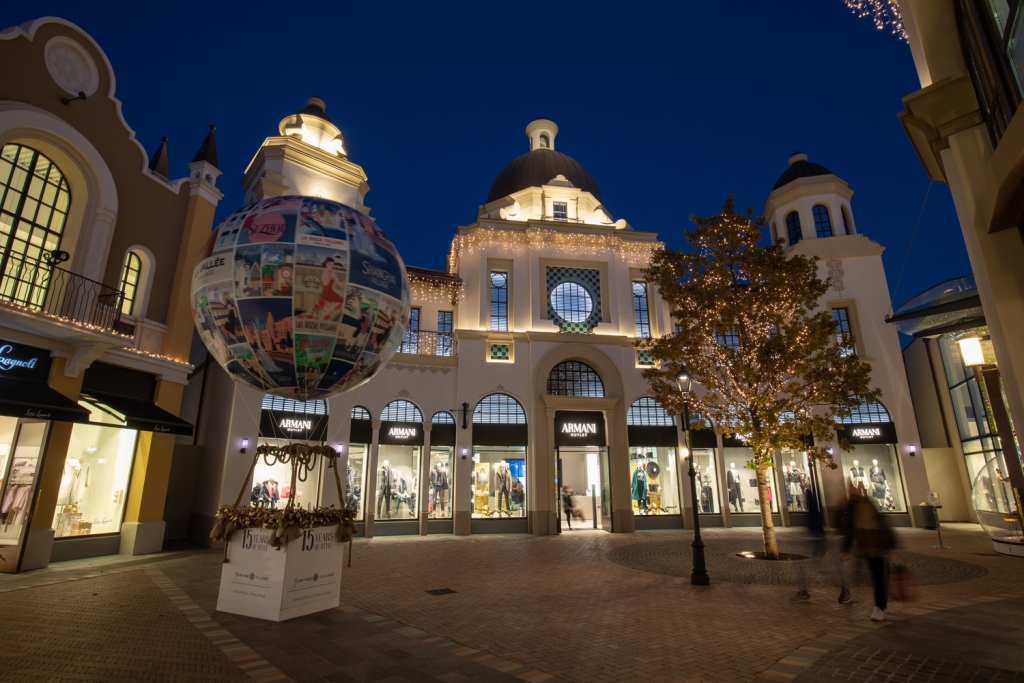

 Photo Gallery1 week ago
Photo Gallery1 week ago
 Headlines3 days ago
Headlines3 days ago
 Headlines1 week ago
Headlines1 week ago
 Headlines1 week ago
Headlines1 week ago
 Designer Dozen2 weeks ago
Designer Dozen2 weeks ago
 Headlines1 week ago
Headlines1 week ago
 Designer Dozen6 days ago
Designer Dozen6 days ago
 Headlines1 week ago
Headlines1 week ago
